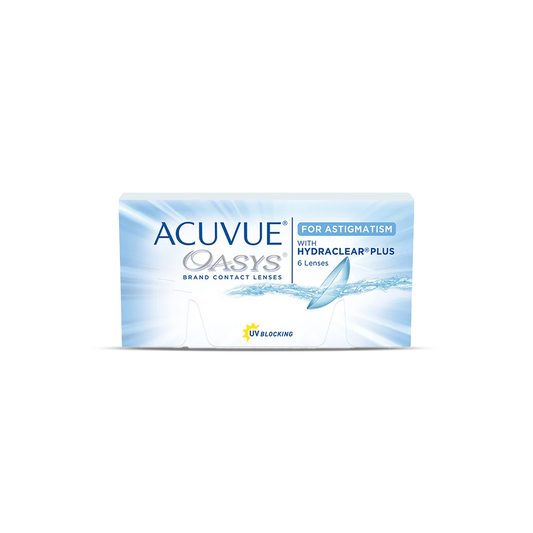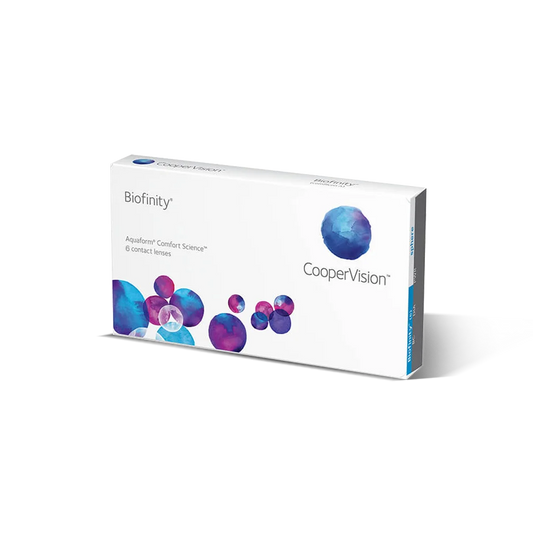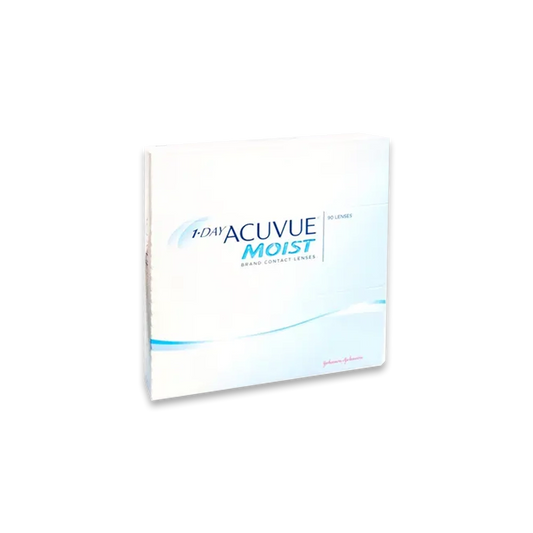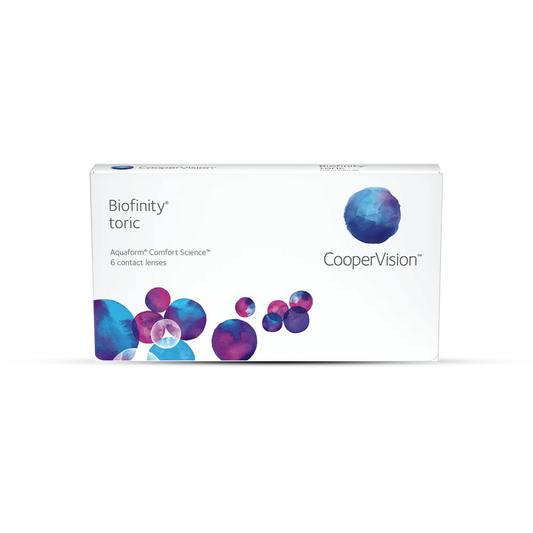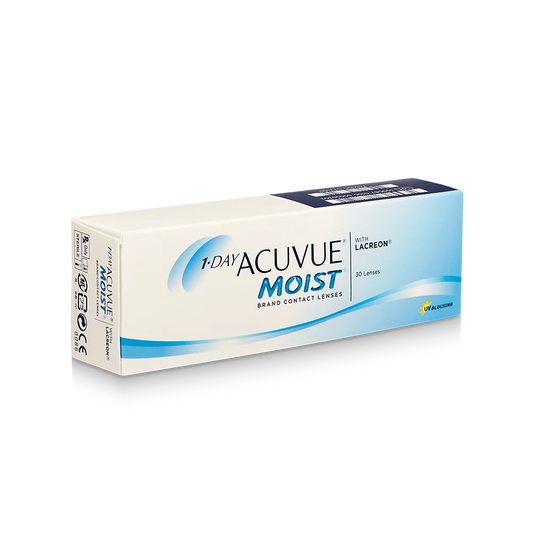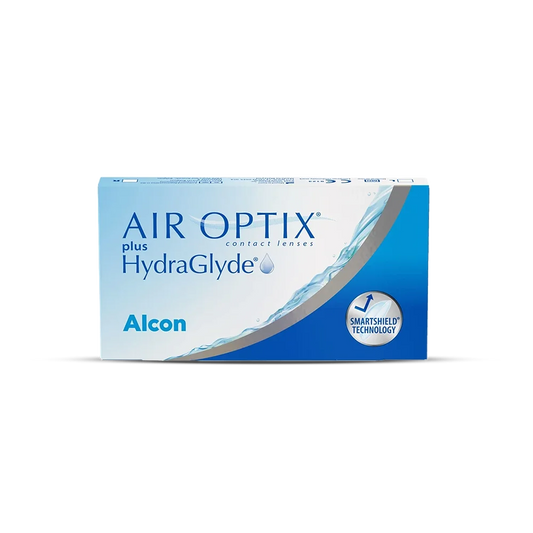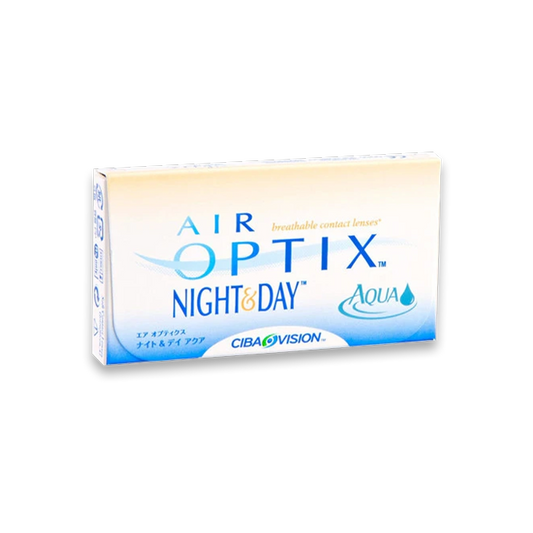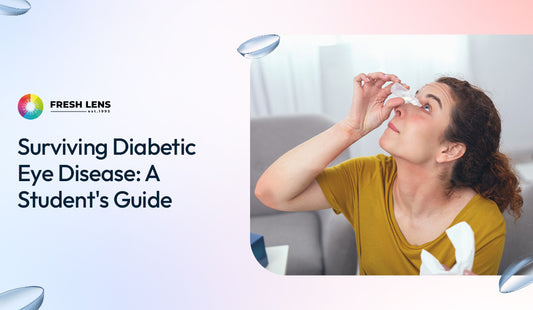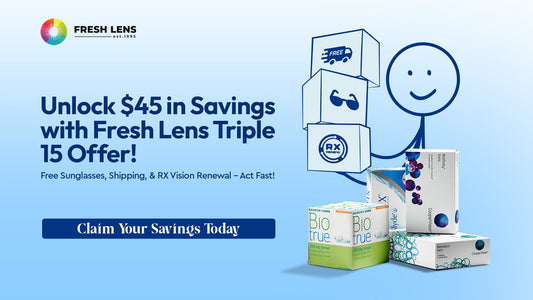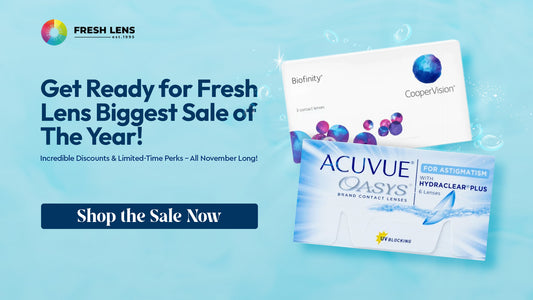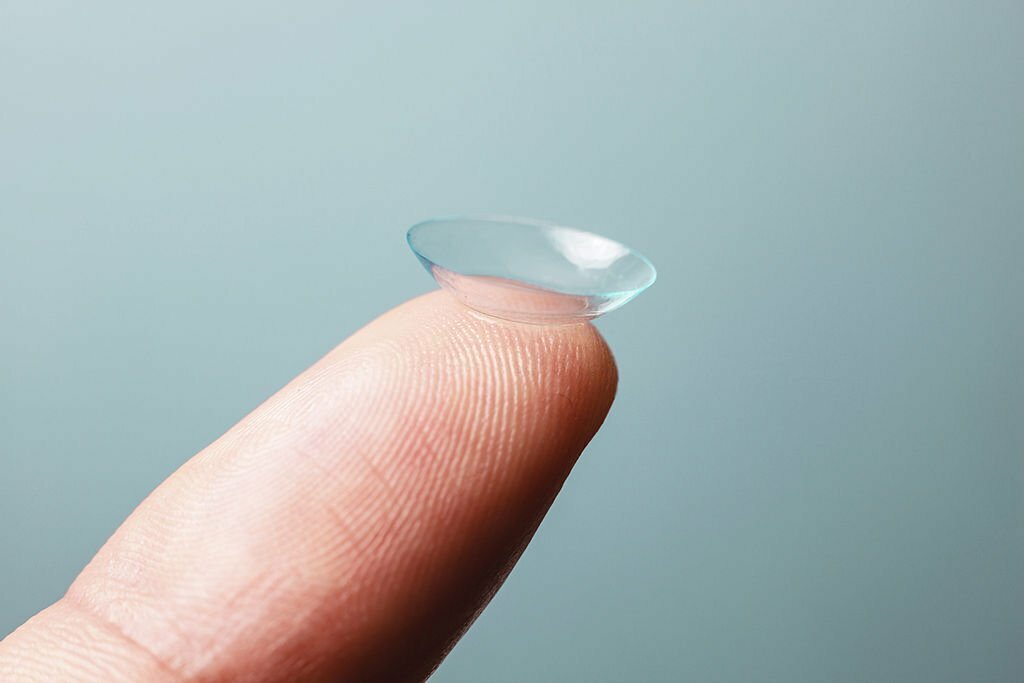
Today, we're delving into a question that might have crossed your mind: when were coloured contact lenses invented? The answer? During the 20th century. But this query isn't just about dates and names; it's a fascinating narrative filled with innovation, style, and technological advancements.
From their initial conceptualization to the diverse array of options available today, coloured contact lenses have undergone a significant transformation.
So, let's embark on this historical journey together, exploring the milestones that have shaped the coloured contact lenses we know and love today.
Ready? Let's learn some fun facts about contact lenses!
The History of Coloured Contact Lenses
Colour contact lens history is a captivating saga that reflects humanity's enduring quest to enhance vision, personal style, and individuality. This journey spans decades, marked by remarkable innovations and the relentless pursuit of comfort and aesthetics.
The Beginning Stages Of Coloured Lenses
Our research indicates that the concept of using colour in lenses dates back to the early 19th century. Sir John Herschel, a renowned British astronomer, is often credited with the initial idea of making a mold of a person's eyes to enable the production of corrective lenses, a foundational concept for contact lenses.
However, it wasn't until the late 19th and early 20th centuries that we see the first instances of coloured glass lenses. These were not the soft, comfortable lenses we're familiar with today; they were glass, hard, and often uncomfortable, used more for medical necessity than cosmetic preference.
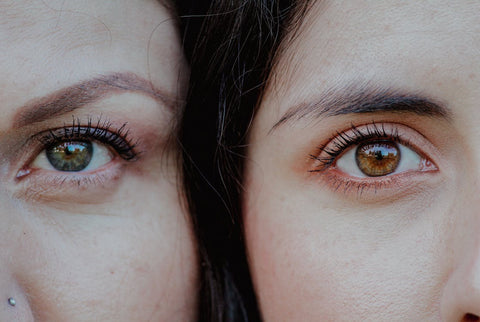
The true ancestor of modern coloured contact lenses appeared in the 1930s, but the journey to this point was one of gradual discovery and innovation.
It involved a deep understanding of both the eye's anatomy and the physics of light, colour, and contact lens material. This period laid the essential groundwork, without which the comfortable, vision-correcting, and fashion-forward lenses we provide today at Fresh Lens would not exist.
1930s – Colour Contact Lenses Emerge
In the late 1930s, a significant development occurred when a makeup artist from Metro Goldwyn Meyer consulted with a Beverly Hills ophthalmologist about the possibility of altering an actor's eye colour for a film.
This collaboration led to the creation of a type of coloured lens using ceramic material to change the actor's eye colour from brown to blue. The lenses were crafted by attaching the ceramic to the lens and then kiln-firing them to fuse the materials, leaving a small aperture for the actor to see through.
This innovation marked one of the first uses of coloured contact lenses in the entertainment industry, setting the stage for their eventual popularization for cosmetic purposes.
1960s - Experiments With Coloured Lenses
In 1969, Professor Otto Wichterle patented a technique for coloured lenses. He diffused a coloured dye into a hydrogel. When combined with a precipitant, an insoluble colour formed within the lens matrix. This ensured the dye remained in the lens during wear or cleaning, preventing colour loss.
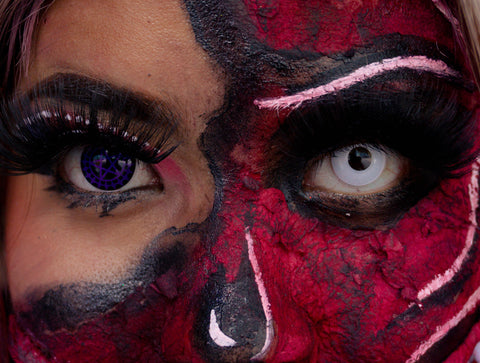
His method also allowed for the introduction of larger dye molecules by swelling the lens material and then contracting it to trap the colour.
During this period, there were efforts to use coloured soft lenses for medical purposes, such as masking eye injuries. These early lenses were hand-painted, a meticulous process requiring skilled technicians.
The era also saw experiments with dyeing the entire lens for a more opaque colour, but this often led to a coloured ring around the iris due to the lens' size. Innovations continued, focusing on improving both the aesthetics and practicality of coloured lenses.
1980s - Cosmetic Coloured Lenses Arise
Our findings show that the 1980s marked a significant shift in the contact lens industry with the introduction of cosmetic coloured lenses. By this time, contact lens manufacturers had perfected techniques for mass-producing coloured contact lenses, transitioning them from a clinical tool to a cosmetic accessory available to the general public.
In this decade, contact brands launched various lines of coloured contact lenses, each offering different options in terms of colours, patterns, and water content.
For instance, Allergan - Hydron released the Soft Colour and Soft Tint lenses with a 38% water content, available in colours like aqua, sapphire, emerald, quartz, and amber.
Bausch and Lomb contacts introduced the Natural Tint lens, also with a 38% water content, in blue, aqua, green, and brown. Ciba Vision (Titmus Eurocon) offered the Ellipticolour lens with the same water percentage, available in green, blue, aqua, and amber.
Coopervision released the Mystique (Opaque) and Permaflex lenses with water content of 38% and 74%, respectively, in various colours including two greens, two blues, spring green, sky blue, turquoise, violet-blue, and gold.
Lastly, Lunelle introduced the ES70 lens with a 70% water content in lemon, lagon (blue), and menthe.
The decade placed the foundation for the diverse range of coloured contact lenses available today, making them a staple accessory for both vision correction and aesthetic enhancement.
1990 Until Today
From the 1990s onwards, the manufacturing of coloured contact lenses became more sophisticated, leading to increasingly realistic lenses.
Manufacturers introduced advanced production methods, allowing for a wider variety of coloured lenses on the market to suit all preferences. Based on our observations, these ranged from simple zero-powered lenses that change eye colour without a prescription to theatrical-coloured contacts for dramatic effects.
Today, there's a vast array of coloured lenses available, catering to different aesthetic preferences and needs.
Innovations continue to emerge, with features like natural eye colour enhancement and UV protection, pointing towards a future where contact lenses could offer functionalities well beyond vision correction and aesthetic alteration, such as augmented reality experiences.
Conclusion
Tracing the history of coloured contact lenses reveals a remarkable journey of innovation, style, and practicality. From their humble beginnings in vision correction to their modern role as fashion statements, coloured lenses have continually evolved to meet the diverse needs of users worldwide.
At Fresh Lens, we're proud to be part of the ongoing story, offering a wide range of top-quality coloured contact lenses from reputable brands. Whether you're seeking a subtle enhancement or a bold transformation, Fresh Lens is here to help you achieve your desired look.
Explore our extensive selection today, and continue this fascinating journey with us!
If you want to learn more, why not check out these articles below:
- Contact Lens Powers
- What's a Toric Contact Lens
- Best Contacts for Dry Eyes
- Can Dry Eyes Cause Blurry Vision with Contacts?
- Are Daily Contacts Better for Dry Eyes?
- All-Around Best Contact Lenses
- Best Color Contact Lenses
- Most Comfortable Contact Lenses
- Best Multifocal Contact Lenses
- Types of Contact Lenses Color
- How to Put Contacts in Small Eyes
- How to Put in Toric Contact Lenses
- How to Put in Contact Lenses with Eyelash Extensions
- Contact Lens Sticks to My Finger
- Makeup or Contact Lenses First?















